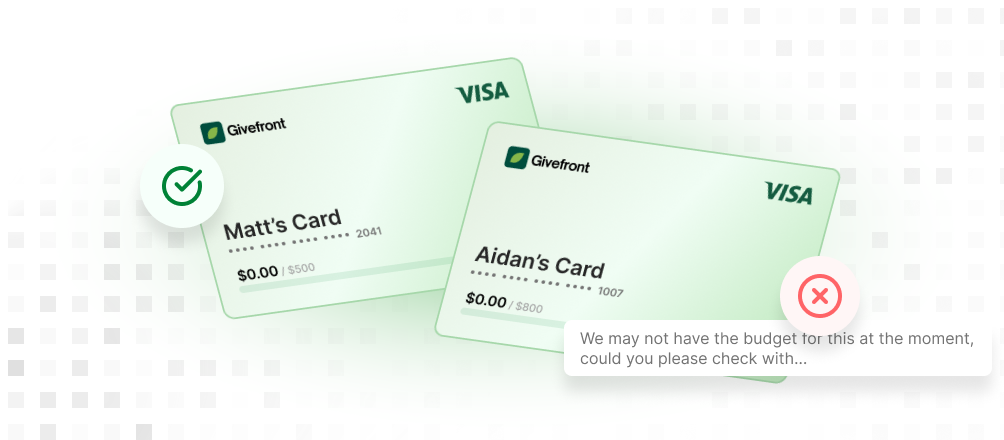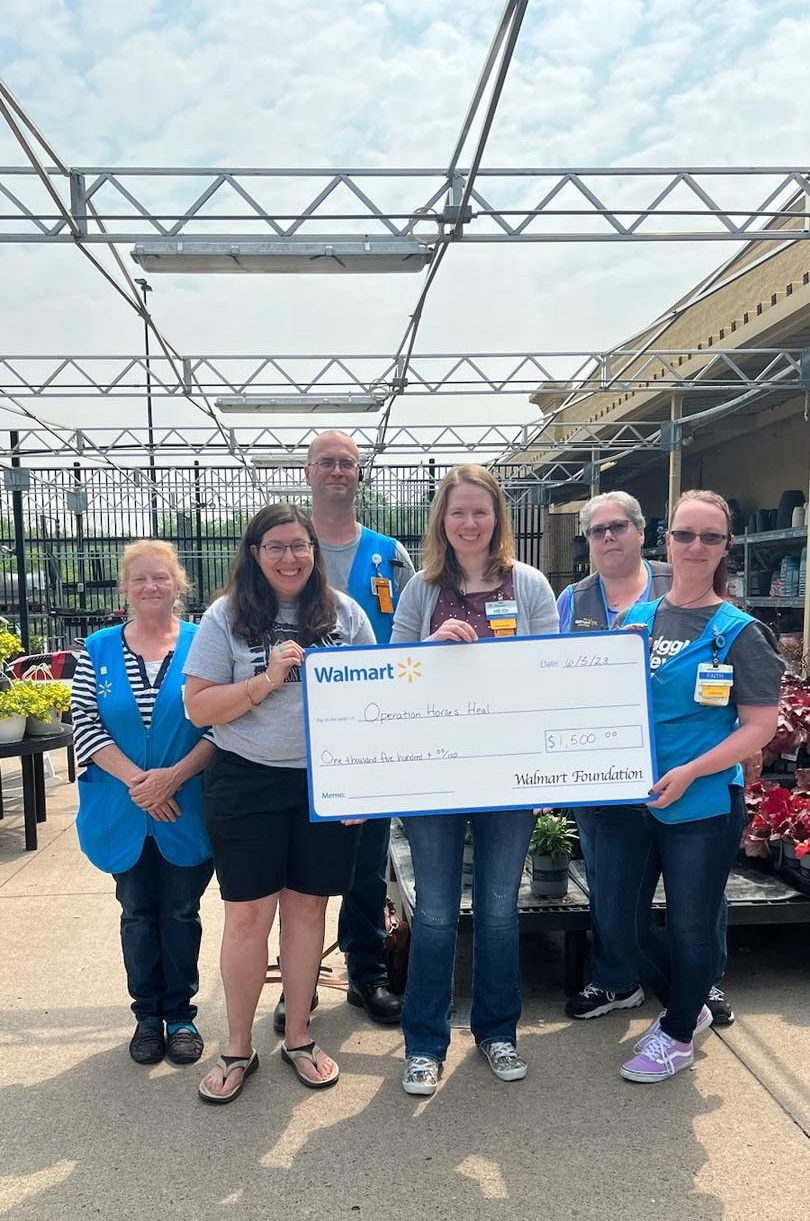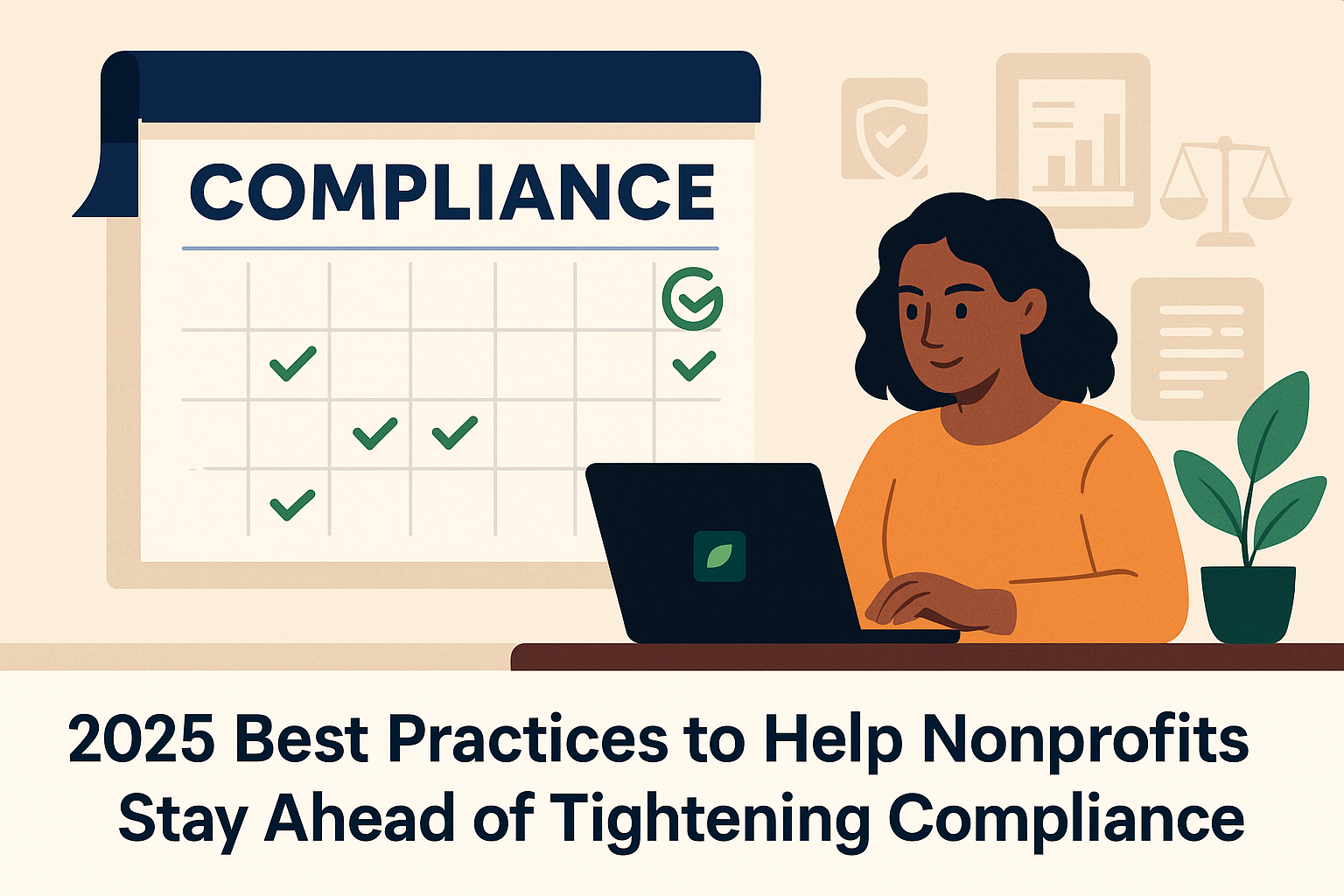Over the past year, nonprofits have seen a surge of new requirements at both the federal and state levels. Tax-reform proposals in Congress threaten to reshape or even revoke 501(c)(3) status for certain organizations, while state legislatures from Louisiana to beyond are demanding more frequent audits, performance data, and on-site reviews before releasing funding. Tackling this growing compliance burden with only people power is a recipe for burnout—and risk. Below are five expanded automation approaches to help nonprofit teams streamline compliance workflows, reduce manual toil, and stay focused on mission impact.
1. Build a Centralized “Compliance Calendar”
Effective compliance starts with knowing exactly what’s due and when. Rather than relying on tribal knowledge or siloed spreadsheets, catalog every federal, state, and grant-specific filing requirement—everything from IRS Form 990 to quarterly foundation reports—and capture its due date, frequency, and required attachments. Feed that into a shared calendar or project-management tool that can:
- Trigger multiple reminders. Configure notifications at 90, 60, 30, and 7 days out so teams have time to gather data, draft narratives, and route drafts for review.
- Assign clear ownership. Tag each deadline with a primary and secondary owner so responsibilities are never ambiguous.
- Archive automatically. When a filing is marked complete, have your system save a timestamped PDF to a designated folder (e.g., “2025_Federal_Filings”) and notify key stakeholders.
Over time, this living calendar becomes a single source of truth—eliminating last-minute scrambles, over-reliance on individual memory, and the risk of missing a critical deadline.
2. Embed Policy Checks into Everyday Requests
Rather than catching policy violations in after-the-fact audits, shift controls to the moment of spend. Translate your finance and procurement policies into simple rules—such as “any expense over $2,000 needs executive sign-off” or “office supplies must come from approved merchants”—and integrate them into your purchase-request and card-issuance workflows. Many nonprofit spend-management platforms now offer:
- Virtual cards programmable by merchant category. Limit usage to office supplies, travel, or vendor codes you predefine.
- Real-time transaction controls. Block or flag charges that fall outside policy thresholds.
- Automated approval routing. If a request exceeds policy, it automatically creates a ticket for the appropriate manager; if it’s within policy, it logs and processes without manual intervention.
By embedding these checks directly into the tools your team uses daily, you reduce the volume of post-transaction reviews, minimize human error, and ensure every dollar flows through pre-approved paths.
3. Centralize and Tag All Key Documents
Audits and grant renewals often hinge on your ability to produce board minutes, contracts, and financial statements within minutes—not hours. To make document retrieval frictionless:
- Adopt one repository. Whether you choose a cloud-based drive, an open-source document management system, or a repository within your CRM, funnel all compliance-related files into a single platform.
- Standardize filenames. Use a clear pattern, such as YYYYMMDD_Type_FunderOrVendor_Name.pdf, so documents are sorted chronologically and by category.
- Implement metadata tagging. Beyond just folders, apply tags like “audit,” “grant2025,” “boardMinutes,” or program-specific labels.
- Don’t forget receipts. Use a mobile scanning app or your spend-management platform’s receipt-capture feature to digitize every purchase, then upload and tag those images alongside corresponding invoices.
With these conventions, a quick full-text search or filter by tag will unearth exactly what you need—whether it’s “all 2024 audits” or “grant agreement for ParkAccess project”—in seconds, not days.
4. Generate Real-Time Reports with One Click
Preparation for board presentations, annual reviews, or funder check-ins often drains dozens of hours as teams copy data from accounting systems into slides or spreadsheets. Instead:
- Connect systems via API or secure export. Link your general ledger, CRM, or spreadsheet tool to a reporting dashboard.
- Design reusable report templates. Create your standard views—budget vs. actual, cash-burn forecast, program spend breakdown—and save them as templates.
- Enable one-click refresh. At the start of each reporting cycle, hit “refresh” to pull in the latest data and export directly to PDF or presentation format.
This approach slashes report-prep time from days to minutes, eliminates version-control headaches, and ensures leadership always sees accurate, up-to-the-minute insights.
5. Seek Out Nonprofit Discounts for Your Tools
Investing in compliance-automation software can feel costly, but many vendors offer generous programs for registered nonprofits. To maximize savings:
- Search proactively. Before purchasing, Google “[tool name] nonprofit discount” or check for an “Education” or “Social Impact” section on vendor sites.
- Track eligibility periods. Note when proof of status needs renewal and set calendar reminders to resubmit documentation—so you never lose discount eligibility.
- Leverage free tiers and grants. Some platforms provide free credits or grants (especially during open calls for social-impact tools) that you can apply toward consulting hours, extra seats, or advanced modules.
By systematically hunting down and documenting available discounts, you can give your finance team breathing room to reinvest savings into programs rather than overhead.
In conclusion
By cataloging every deadline in a shared compliance calendar, embedding policy checks at the point of spend, centralizing and tagging documents, automating real-time reporting, and taking full advantage of nonprofit discounts, you’ll transform compliance from a reactive scramble into a proactive, transparent ecosystem. Your auditors, funders, board members—and most importantly, your team—will thank you.
Sources
- Taylor, Steve. “‘Five Alarm Fire’: How New Tax Law Could Decimate Nonprofits — and What Can Be Done.” April 23, 2025.
- National Council of Nonprofits. “Nonprofits Under Threat: What’s in the House Tax Bill and How You Can Help.” May 14, 2025.
- McKendry, Nolan. “Senate Advances Bill to Tighten Oversight of State-Funded Nonprofits.” May 8, 2025.
- Thompson, Isaiah. “Bill Threatening Nonprofits Advances in US House—Again.” November 18, 2024.
https://www.councilofnonprofits.org/nonprofit-champion-may-5-2025
.png)




















.png)
.png)

.png)